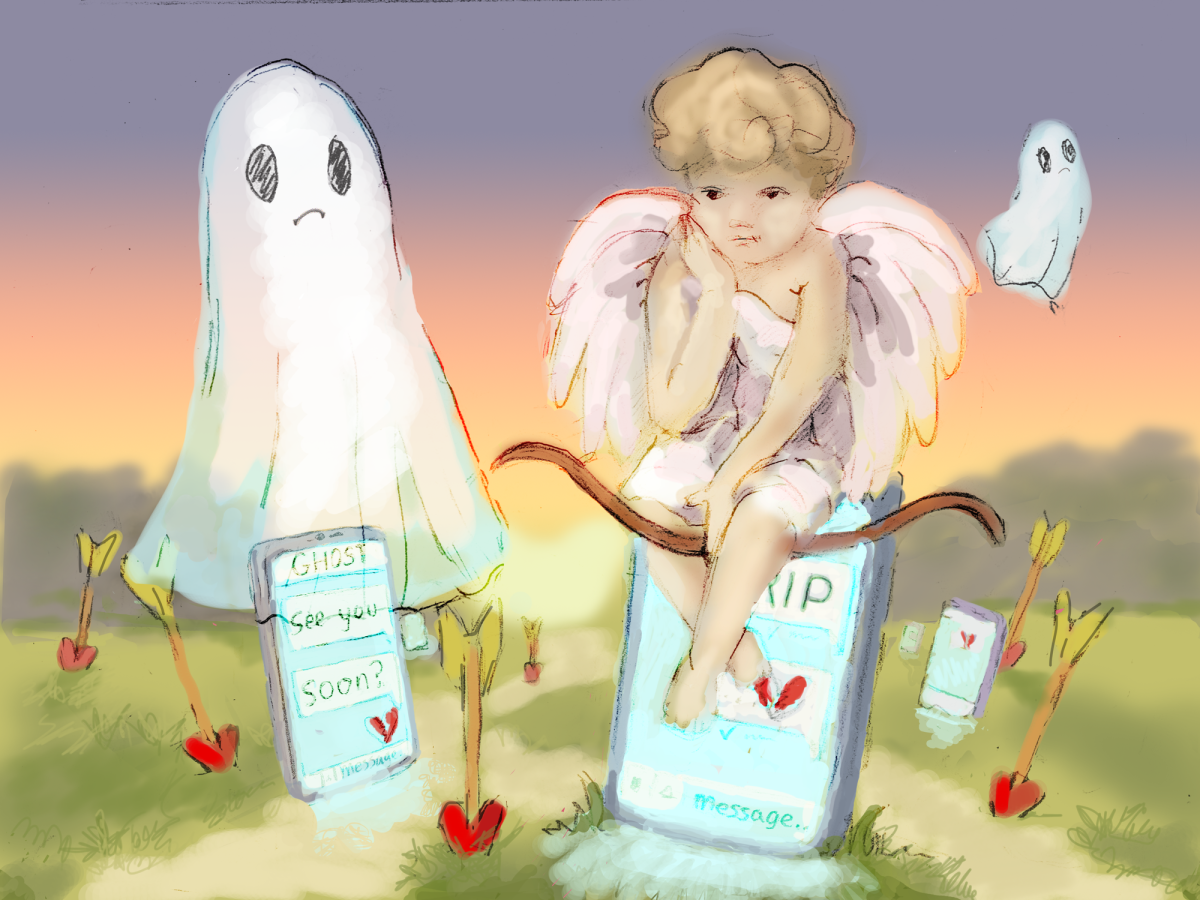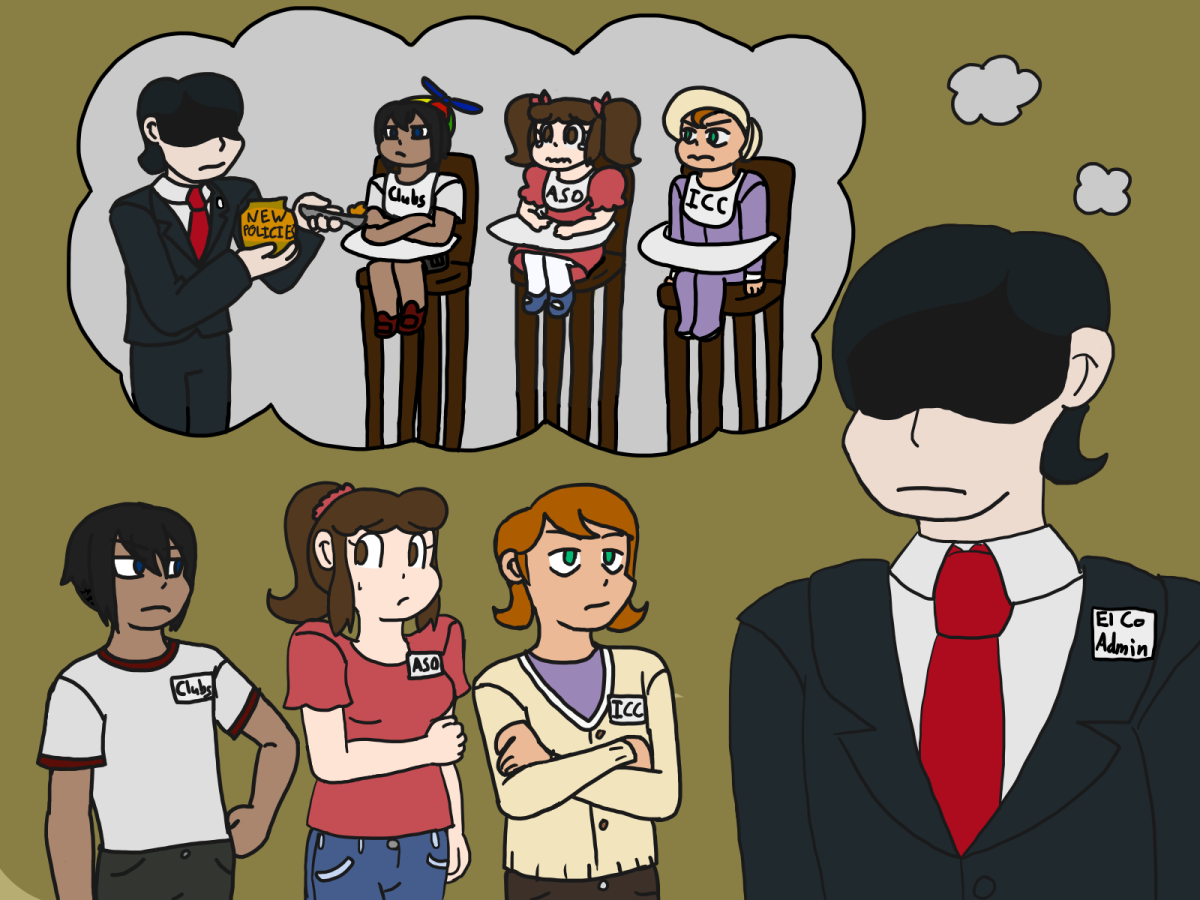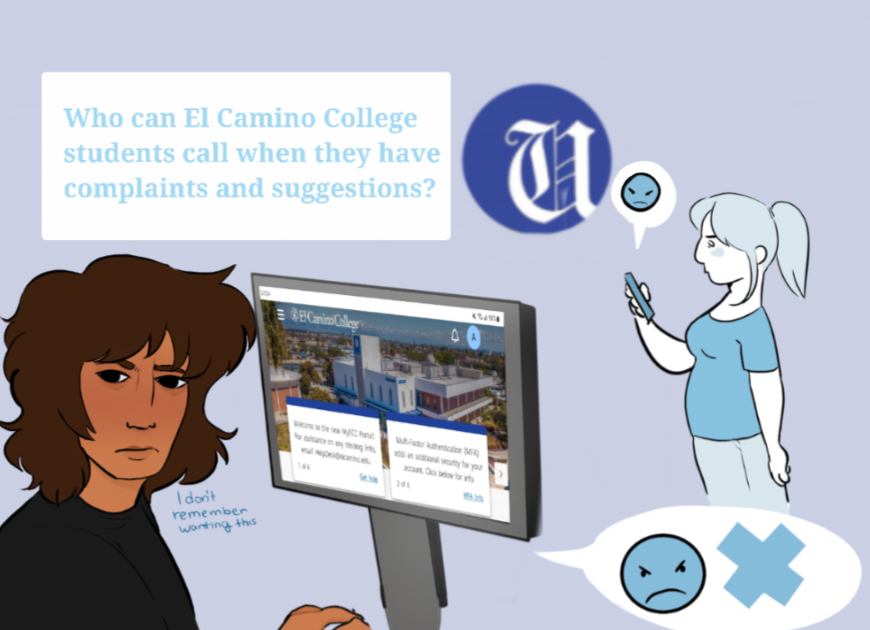Movies with 3-D effects have gotten a bad reputation as cheesy and gimmicky over the years. Roger Ebert, film critic, wrote an entire article entitled “Why I Hate 3-D (And You Should Too)” that was published in a 2010 issue of Newsweek Magazine.
“It is unsuitable for grown-up films of any seriousness,” Ebert, said in Newsweek.
People don’t seem to be concerned about grown-up, serious films anymore. Last year, the top five grossing films included: “Harry Potter and the Deathly Hallows, Part 2,” “Transformers: Dark of the Moon,” “Pirates of the Caribbean: On Stranger Tides,” “Kung Fu Panda 2” and “The Twilight Saga: Breaking Dawn ,Part 1.” And the first four were released in 3-D.
Today, people typically go to movie theaters to be entertained. And 3-D movies are entertaining. Although many films have used 3-D as a gimmick, films today often use 3-D in a different way entirely.
Although filmmakers cannot rely on 3-D to make their movie fun or interesting, 3-D can certainly enhance a film by drawing you in and making you a part of their world, as well as conveying certain emotions, just as any other aspect of a film could.
Technology for 3-D movies has been around since the 1890s with the first 3-D film released to paying audiences in 1922. In the 2000s, 3-D has certainly made a comeback.
Since the creation of 3-D, there have been many improvements in 3-D and not just regarding technology. The uses for 3-D have also expanded. While 3-D was often used in high-budget action movies to thrill audience members, it can and has been used in a more practical way, evoking emotions and drawing the audience into new worlds.







